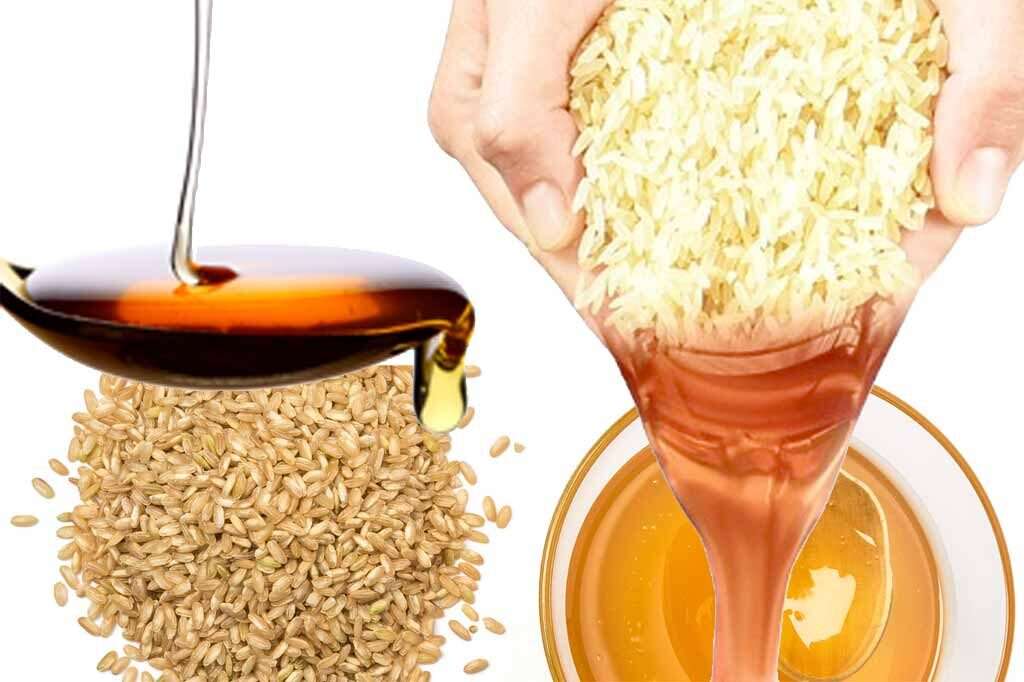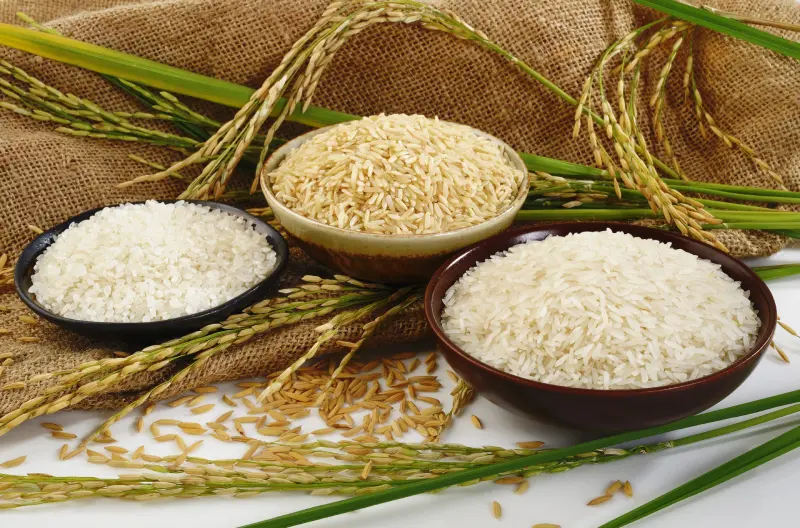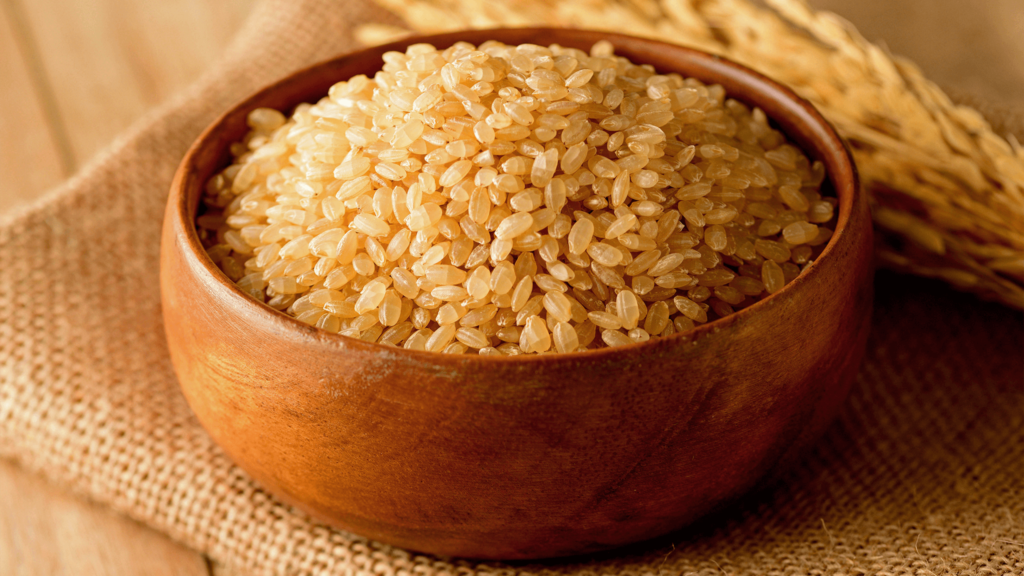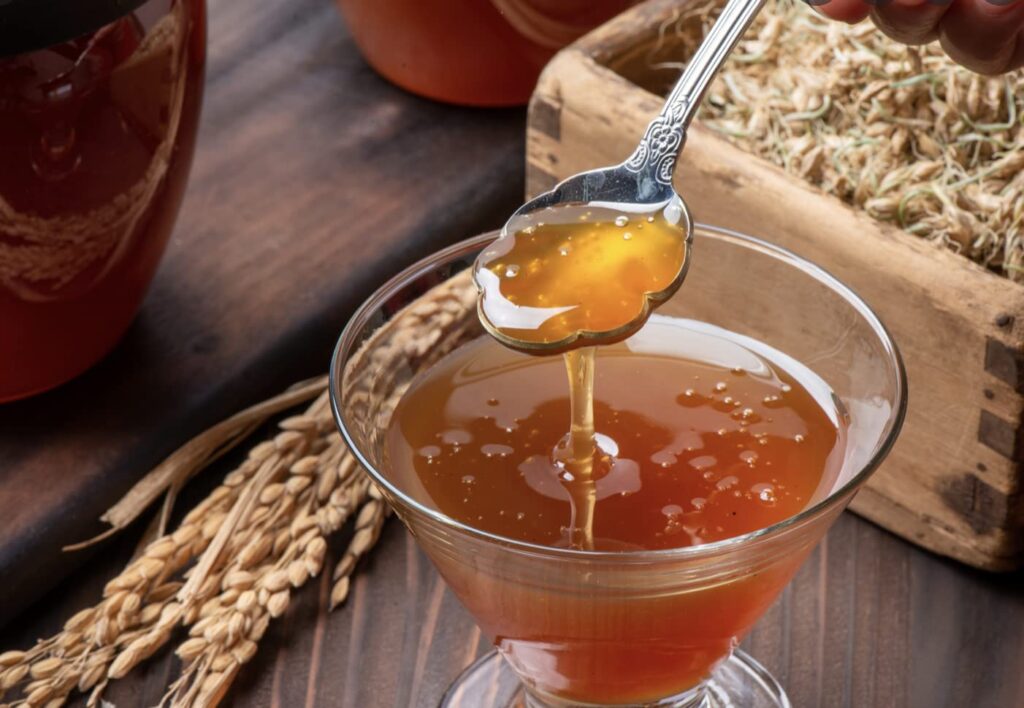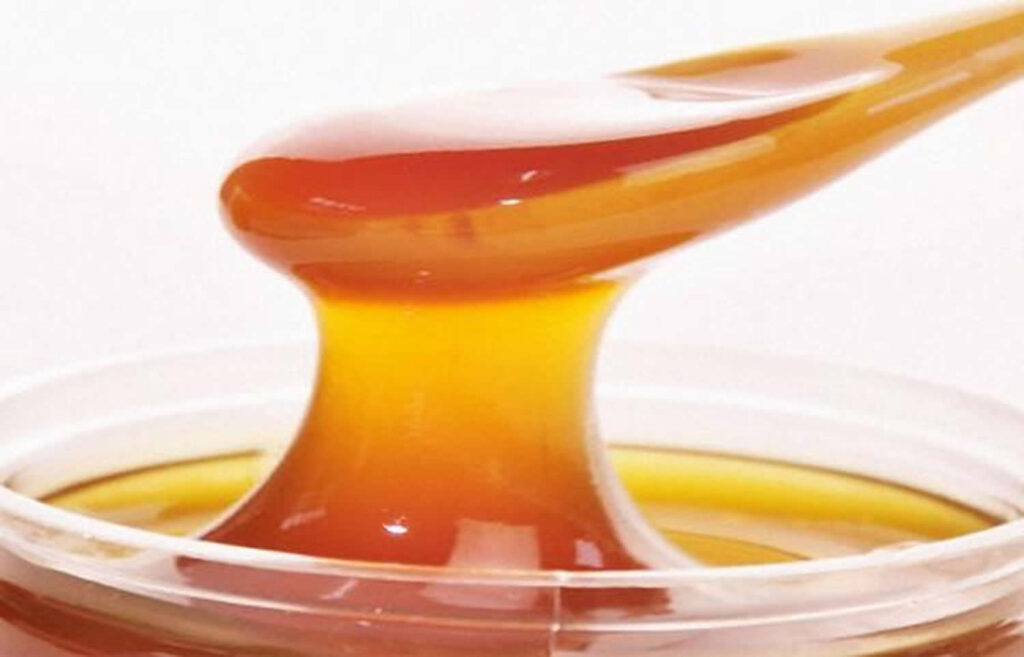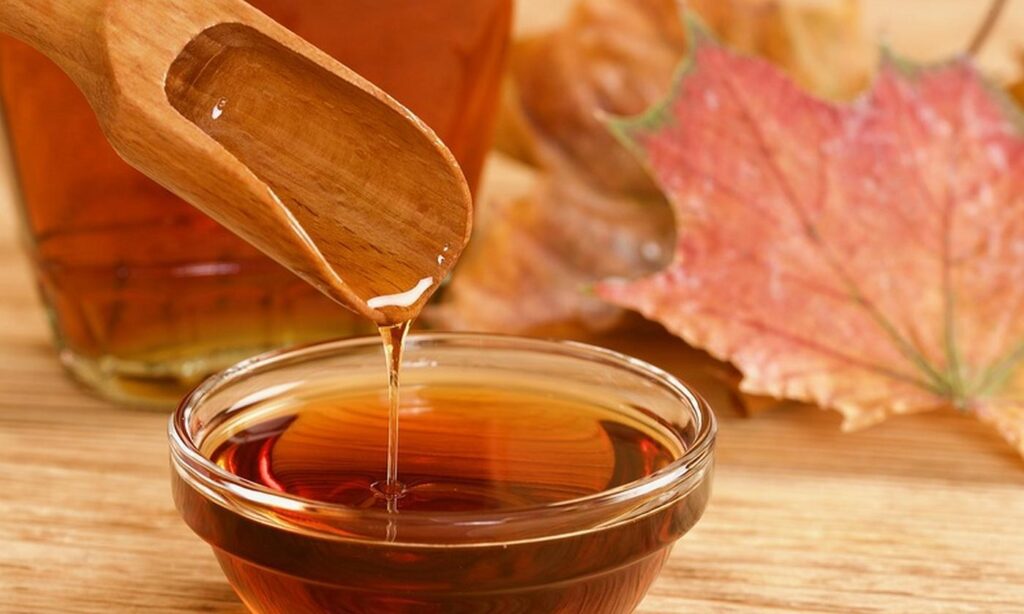Introduction
Brown rice syrup is sometimes referred to as rice malt syrup or maltose syrup. This is made by making brown rice boiled and exposed to natural enzymes. Converts the starches of the rice into sugars (maltose, maltotriose, and glucose), and then the resulting sweet liquid is boiled down and reduced to a light brown syrup.
The syrup is usually all-natural and organic. This does not contain fructose or gluten, low glucose levels and it has a high glycemic index. Vegans would prefer it to refined sugar, It is also used in rice milk and processed foods which are sold as safe and natural, such as granola bars and drinks otherwise made with refined sugars or high fructose corn syrup.
Nutrition Breakdown:
- Calories per Tbsp: 75
- Glycemic Index: 98 (High)
- Gluten-Free? Yes
- Vegan? Yes
- Water: 18%
- Maltose: 65%
- Maltotriose: 10%
- Dextrins: 5%
- Glucose: 2%
The Background
Brown rice syrup is a liquid sugar substitute made from brown rice, which is vegan and gluten-free. It’s made primarily in Asia, Europe, and the USA. This is traditionally used in Asian foods and has become popular among people seeking an alternative to refined sugar based on plant sweetener. This syrup can be used as-is or in baking and cooking to sweeten fewer-calorie foods, but changes need to be made when using it as a recipe replacement.
Usage
Brown rice syrup is used just like any other liquid sweetener. Add it to drinks like coffee or tea for a little extra sweetness or in any recipe that calls for a liquid sweetener. It can also be drizzled on top of pancakes or waffles, just like maple syrup. Some people enjoy it as ice cream or dessert topping as well.
Storage
Most brown rice syrup need not be refrigerated, although this can extend its shelf life. When opened, it will maintain good at room temperature for up to one year. If the syrup crystallizes in the bottle, place the container in warm water and shake to dissolve the crystals, which is similar to honey. If you find forming some mold, discard the whole bottle.
Is Brown Rice Safe?
Organic brown rice syrup is a sweetener in many so-called “good” or “normal” foods which has replaced high fructose corn syrup. This is made by cooking whole grain rice, then using enzymes to break the starch into maltose sugars, maltotriose, and a small amount of glucose. The sweet liquid is boiled down into syrup after straining. Organic brown rice syrup does not contain gluten and is ideal for vegan diets. This contains 75 calories per tablespoon (compared to 42 for table sugar) and the glycemic index ranks very high – 98. Among other foods, you can see organic brown rice sugar listed as an ingredient in cereal bars, energy-shot beverages, and infant milk formula.
The glycemic index of the brown rice syrup, a number correlated with how easily the body converts sugar into glucose, is a staggering 98 out of 100. For all other refined sugar, including white sugar and high-fructose corn syrup, it ranks the highest in GI. High-glycemic food, such as bread and puffed wheat cereals and crackers, is ingested more readily into the bloodstream, causing rapid changes in blood levels. In a shorter period, you feel full, making it more enticing to reach for the second Oreo or bag of chips.
All Organic and Natural Brown Rice Syrup
Conclusion:
Brown rice syrup is a natural product and is in no way processed. Typically, at the end of the process, however, it is filtered which possibly removes fiber and other valuable nutrients found in the grain. Needless to say, brown rice is better for your well being than sugar. However, artificial enzymes are often used in some goods that are sold on the market, in which case they can not be considered natural. A good idea to take a closer look at the label. Try to get a product from a reputable manufacturer that promises an organic or natural product.

